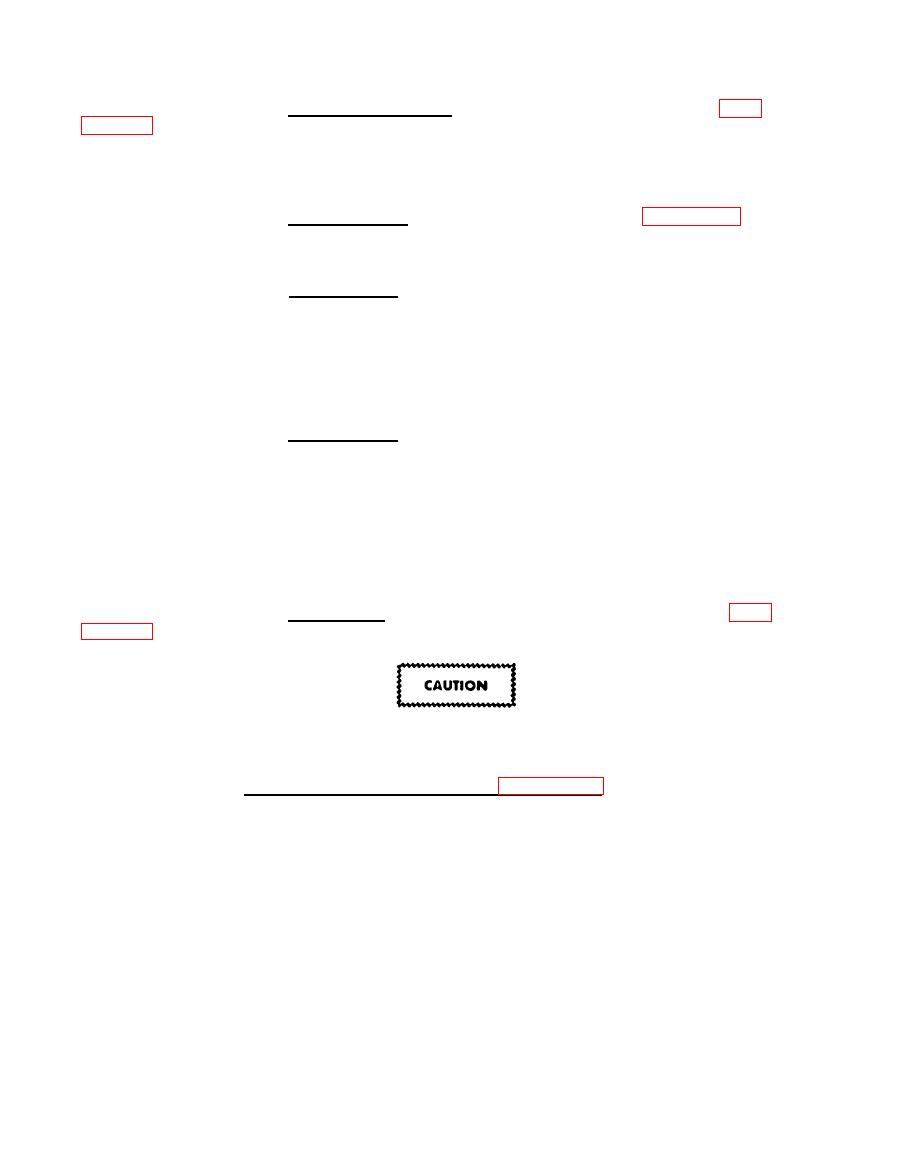 |
|||
|
|
|||
|
|
|||
| ||||||||||
|
|
 TM 5-6640-213-14
2. Pressure switch. A pressure switch (9, fig.
breaks the electrical circuit to the pump when the sink faucet is
closed. The pressure switch is set to open at 11 psi and close at 4
psi, automatically starting the pump when the sink faucet is opened.
3. Check valve. A check valve (19, fig. 2-3)
prevents water under pressure from reaching the pump when the exter-
nal water supply system is in use.
4. Gate valve. Two gate valves provide the
option of using water from either the reservoir or the external water
source. The tank gate valve (16), when closed, prevents water under
pressure from reaching the tank and the water pump. When open, it
provides means of filling the water tank. The inlet gate valve (15)
allows the flow of water from the external water source when open, it
prevents water from being pumped out when closed.
5. Water tank. The capacity of the tank is 20
gallons (75.7 liters). An air bleed valve (2), located in the top
right-hand corner of the tank in a threaded elbow, prevents vacuum or
pressure buildup inside the tank above the water line while water is
being pumped from or into the reservoir. Removing the air bleed plug
from the elbow provides a port for filling the tank by hand. A sight
gage (5) is used to indicate the height of water in the tank. On top
of the sight gage is an air bleed valve that prevents vacuum or
pressure buildup above the waterline in the sight gage.
6. Draincock. The tank has a draincock (3, fig.
transit or storage.
Open all valves and drain all the water in the
system during transit or storage.
(b) Operating Instructions (fig. 2-3).
1.
To fill the water tank by hand, proceed as
follows:
(a) Remove the plug and air bleed valve (2)
from the elbow.
(b) Open the sight gage air bleed valve (5).
(c) Using the funnel provided, fill the
tank through the elbow fitting; use only potable water.
NOTE
The sight gage air bleed valve must be open to get
a correct water level reading.
2-9
|
|
Privacy Statement - Press Release - Copyright Information. - Contact Us |